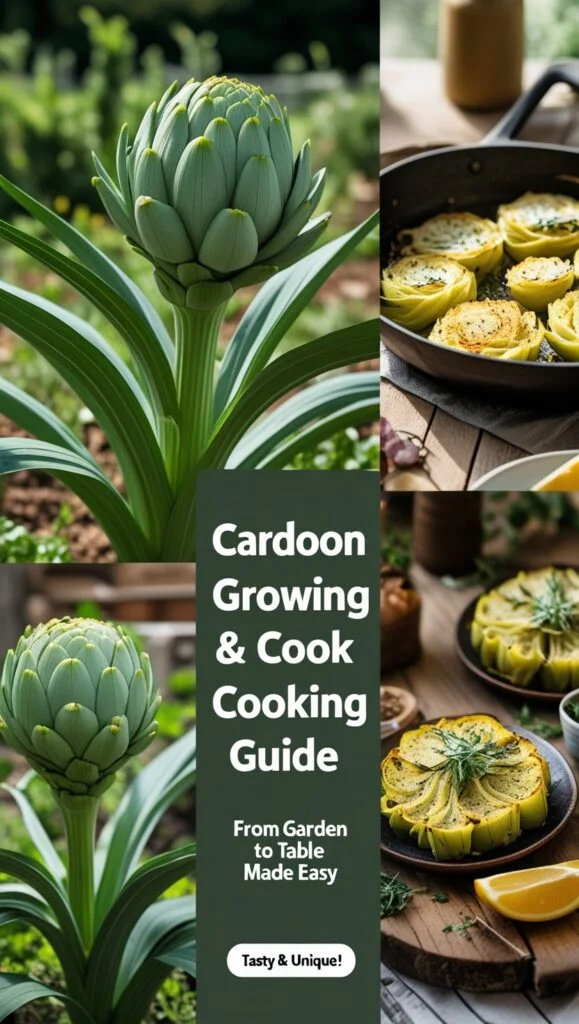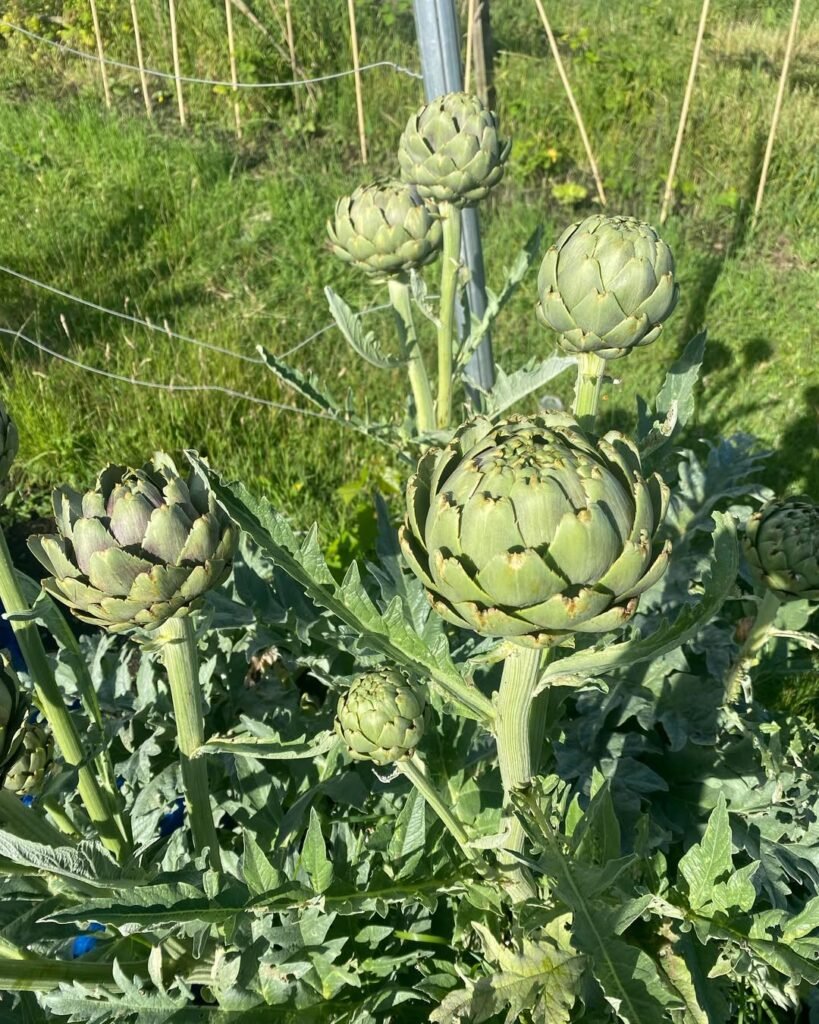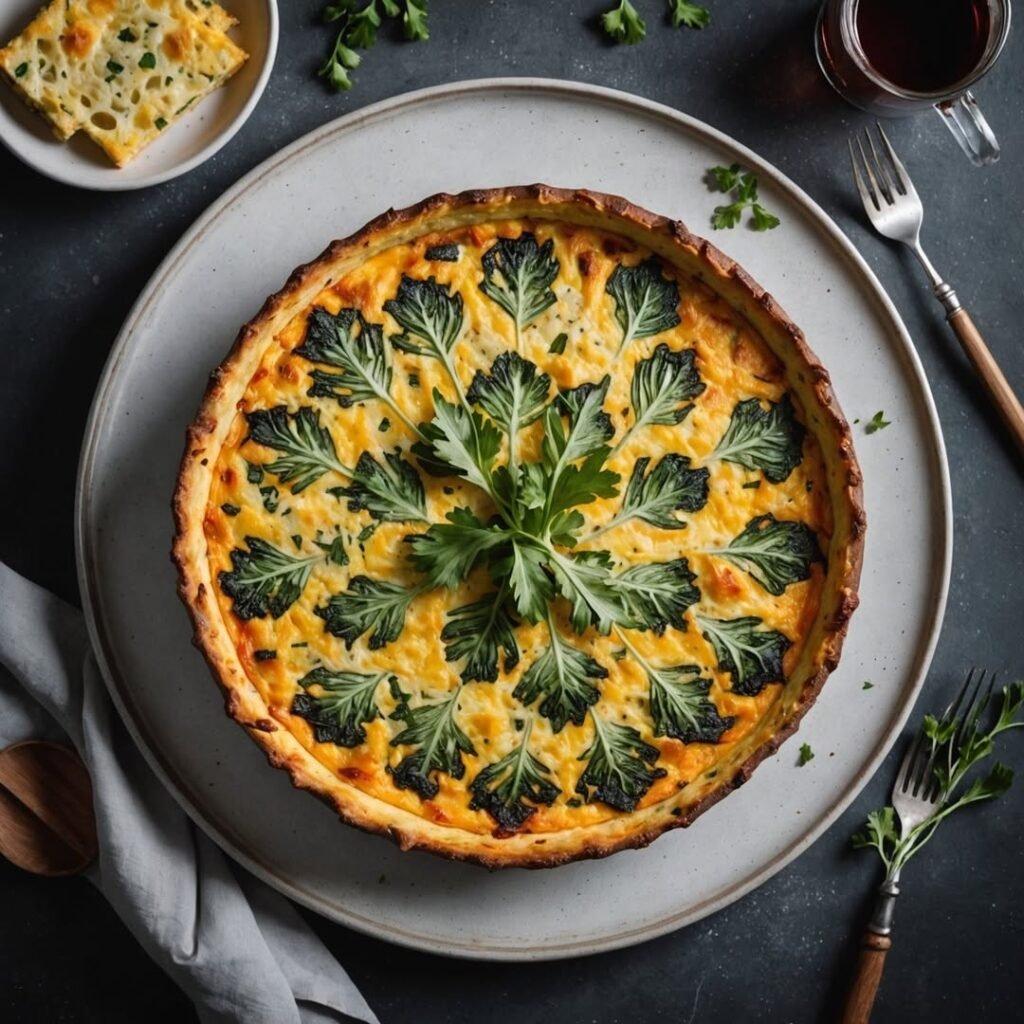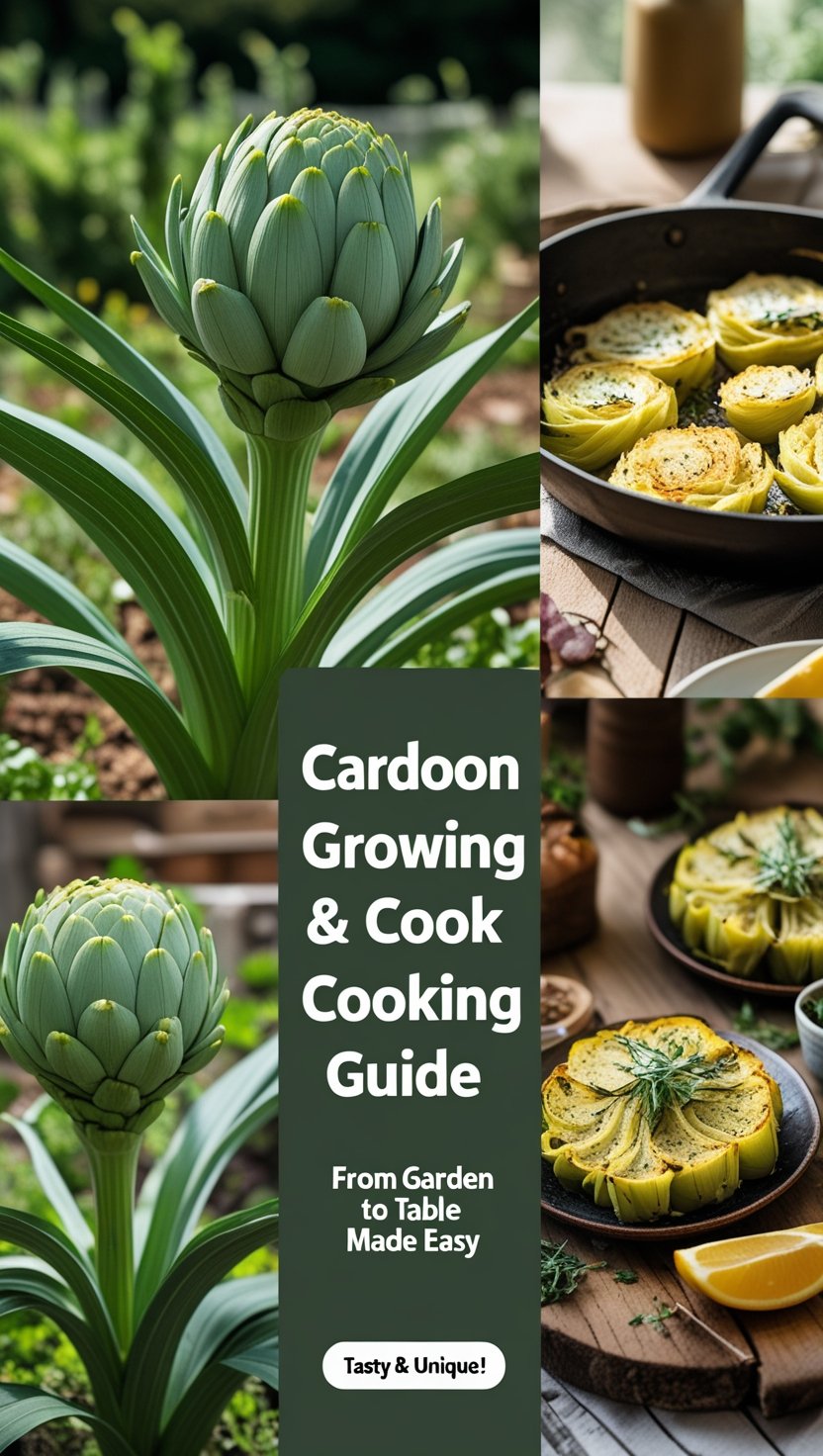Discover how to grow and cook cardoon with this step-by-step guide. From planting tips to delicious recipes, explore this unique veggie today!

Hey there, fellow gardeners and food lovers! I’m Ashley Scott, and with 10 years of gardening under my belt, I’ve got a real treat for you today on my site, USA Garden Hub. We’re diving into the world of cardoon—a striking, thistle-like plant that’s not only a beauty in the garden but also a delicious addition to your kitchen. I still remember the first time I spotted a cardoon in a neighbor’s yard. Its towering silvery-green stalks and vibrant purple flowers stopped me in my tracks. When I found out you could eat it, I was hooked! Today, I’m sharing everything I’ve learned about how to grow and cook cardoon, so you can enjoy this Mediterranean gem too.
In this guide, we’ll cover what cardoon is, how to grow it step-by-step, how to harvest it, and, of course, how to cook it—with some tasty recipes to boot. Whether you’re a seasoned gardener or just love experimenting with new veggies, this article has you covered. Let’s get started!
What is Cardoon?

So, what exactly is cardoon? It’s a close cousin of the artichoke, part of the Asteraceae family (that’s the cardoon family for you botany buffs). Known scientifically as Cynara cardunculus, this plant has been cultivated for centuries in the Mediterranean, prized for its edible stalks and flower buds. Think of it like celery meets artichoke—it’s got a unique, slightly bitter flavor that’s a total game-changer in the kitchen.
Unlike its relative, the artichoke, which we grow for its tender heart, cardoon is all about the stalks. The flower buds are edible too, but they’re less common. Plus, it’s a stunner in the garden—those cardoon flowers bloom into gorgeous purple thistles that bees adore. Curious about cardoon vs artichoke? While they’re similar, cardoons are taller (up to 5 feet!) and grown for their stalks, not the heart.
Did you know cardoon also has medicinal uses? Traditionally, it’s been used to aid digestion and even as a liver tonic. Pretty cool, right?
How to Grow Cardoon
Ready to grow your own cardoon? With a little planning, it’s easier than you might think. Here’s my step-by-step guide based on a decade of gardening experience.
Step 1: Choose the Right Spot
Cardoon loves sunshine—give it a spot with full sun (6-8 hours daily). It also needs well-drained soil and plenty of space, as it can spread 4 feet wide and 5 feet tall.
Step 2: Prep the Soil
Amend your soil with compost or well-rotted manure. Cardoon thrives in rich, slightly alkaline soil (pH 6.5-7.5). If your soil’s heavy clay, lighten it up with some sand or organic matter.
Step 3: Plant Cardoon Seeds or Seedlings
You’ve got two options here:
- Start from Seeds: Sow cardoon seeds indoors 6-8 weeks before your last frost. They take 10-14 days to germinate. Check out my guide on Starting Seeds Indoors for tips!
- Use Seedlings: Grab some from a nursery if you want a head start.
Step 4: Transplant Outdoors
Once the frost is gone, move your seedlings outside. Space them 3-4 feet apart—trust me, they need the room!
Step 5: Water and Feed
Keep the soil moist but not soggy. I water mine deeply once a week, more if it’s hot. Feed with a balanced fertilizer (like 10-10-10) every 4-6 weeks to keep them happy.
Step 6: Blanch the Stalks
Here’s a pro tip: About 3-4 weeks before harvesting, blanch the stalks to make them tender and less bitter. Wrap the base with newspaper or cardboard, tying it loosely. This blocks sunlight and softens the flavor.
Growing Tips
- Cardoon is a perennial in warm climates (zones 7-10) but grows as an annual in cooler areas.
- Watch for pests like aphids—blast them off with water or use insecticidal soap. Powdery mildew can pop up too; good airflow helps prevent it.
For more veggie-growing advice, see my post on Mediterranean Vegetables for Your Garden.
How to Harvest Cardoon

Timing is key when harvesting cardoon. The stalks are ready in late summer or early fall when they’re thick and firm—usually 120-150 days after planting. Here’s how I do it:
- Put on gloves (those spines are no joke!).
- Cut the stalks at the base with a sharp knife.
- Trim off the leaves and any spiky bits.
Harvest before the first frost if you’re growing it as an annual. Want more details? The University of California Extension has great resources on harvesting thistle crops.
How to Cook Cardoon

Now for the fun part—cooking your cardoon vegetable! It’s a bit of work to prep, but so worth it. Here’s the basics:
Preparation
- Peel: Strip off the tough outer layer and strings with a vegetable peeler or knife (like celery).
- Cut: Slice into 2-3 inch pieces.
- Blanch: Boil in salted water with a splash of lemon juice for 20-30 minutes until tender. This prevents browning and reduces bitterness.
Cooking Methods
- Boil or Steam: Simple and quick—perfect for soups or stews.
- Fry: Dip in batter and fry for a crispy treat.
- Bake: My favorite—try it in a gratin (recipe below!).
Need more veggie-cooking inspo? The Epicurious guide to cardoon is a goldmine.
Cardoon Recipes
Here are two of my go-to cardoon recipes to get you started.
Cardoon Stalk Gratin
Ingredients:
- 1 lb cardoon stalks, prepped and blanched
- 2 tbsp butter
- 2 tbsp flour
- 1 ½ cups milk
- 1 cup grated Parmesan
- ½ cup breadcrumbs
- Salt and pepper to taste
Instructions:
- Preheat oven to 375°F.
- Melt butter in a saucepan, stir in flour, and cook for 1 minute. Slowly add milk, whisking until thick (hello, béchamel sauce!).
- Layer blanched cardoon in a baking dish, pour sauce over, and top with cheese and breadcrumbs.
- Bake for 25-30 minutes until golden and bubbly.
Tip: It’s done when a fork slides through the stalks easily.
Stuffed Cardoon Buds
Ingredients:
- 6 cardoon flower buds
- ½ cup breadcrumbs
- 2 cloves garlic, minced
- 2 tbsp parsley, chopped
- 3 tbsp olive oil
- Juice of half a lemon
Instructions:
- Steam buds for 15-20 minutes until tender.
- Mix breadcrumbs, garlic, parsley, and oil for stuffing.
- Gently open buds, stuff with mixture, and drizzle with lemon juice.
- Bake at 400°F for 15 minutes or fry until crispy.
Tip: These are like mini artichokes—dig in with your hands!
For more ideas, check out Bon Appétit’s take on cardoon.
Fun Facts and Extras
- Cardoon Food: It’s a staple in Italian and Spanish dishes—think stews and fritters.
- Medicinal Uses: Beyond digestion, some say it’s good for cholesterol too (though I’m no doctor!).
- Ornamental Value: Those cardoon flowers make it a dual-purpose plant—edible and gorgeous.
The Missouri Botanical Garden has more on its history if you’re curious.
FAQ: Your Cardoon Questions Answered
What is cardoon?
It’s a thistle-like plant related to artichokes, grown for its edible stalks and buds.
How do you grow cardoon?
Plant in full sun, in well-drained soil, space 3-4 feet apart, and water regularly.
How do you cook cardoon?
Peel the stalks, blanch them, then boil, fry, or bake—try a gratin or stew!
Is cardoon the same as artichoke?
Nope! They’re related, but cardoon is grown for stalks, artichokes for hearts.
Wrap-Up
There you have it—everything you need to grow and cook cardoon like a pro! From its towering stalks in your garden to a creamy gratin on your plate, this plant is a hidden gem worth trying. I’d love to hear how it goes—drop a comment on USA Garden Hub or share your favorite cardoon recipe. Happy gardening and cooking!




